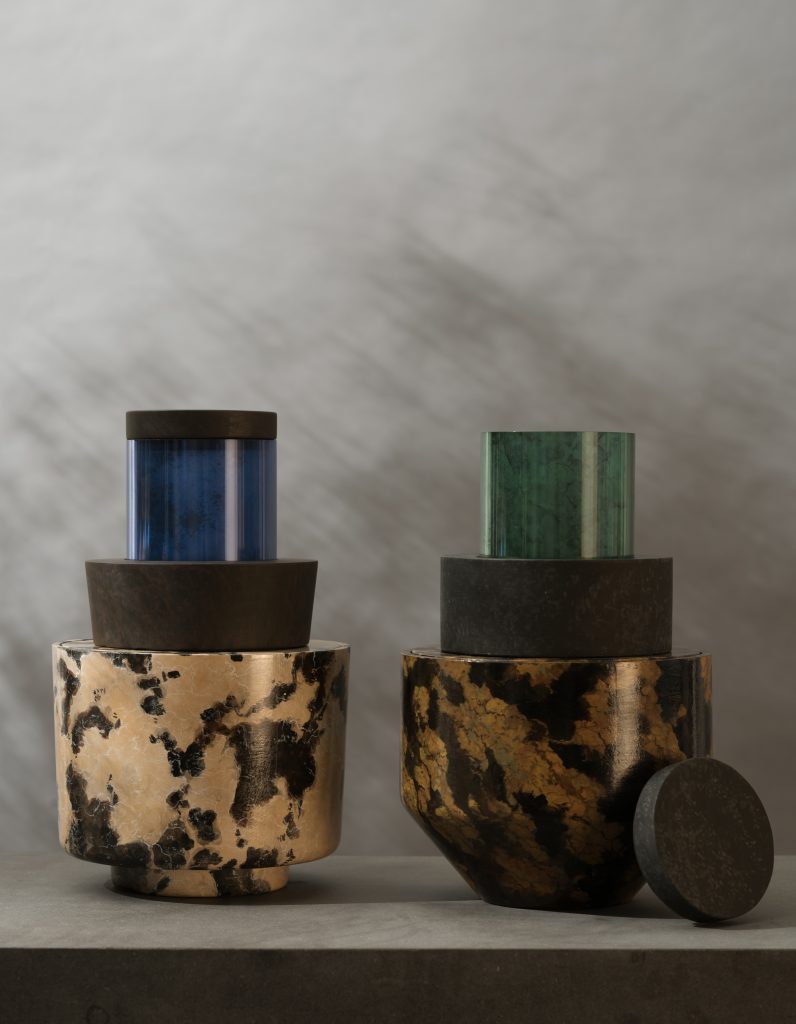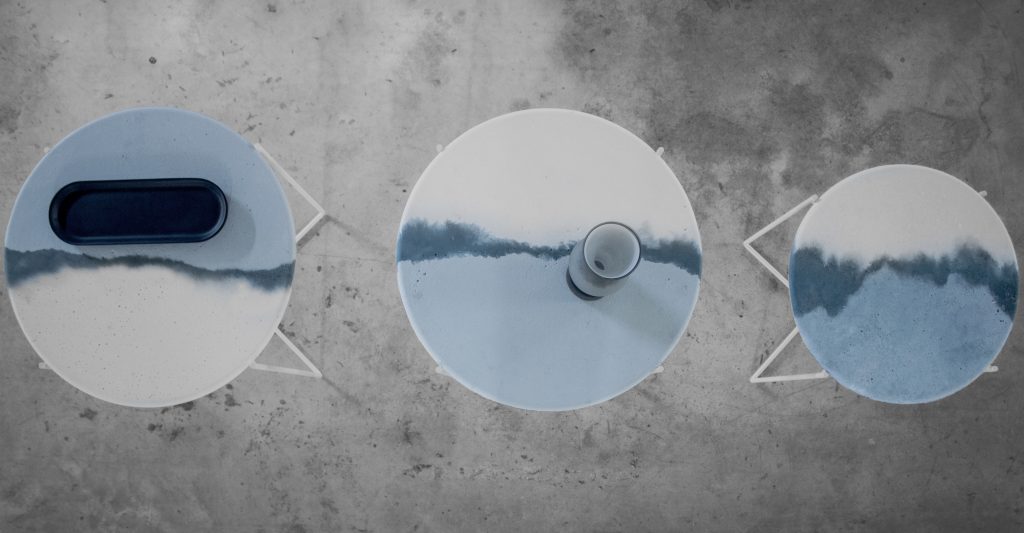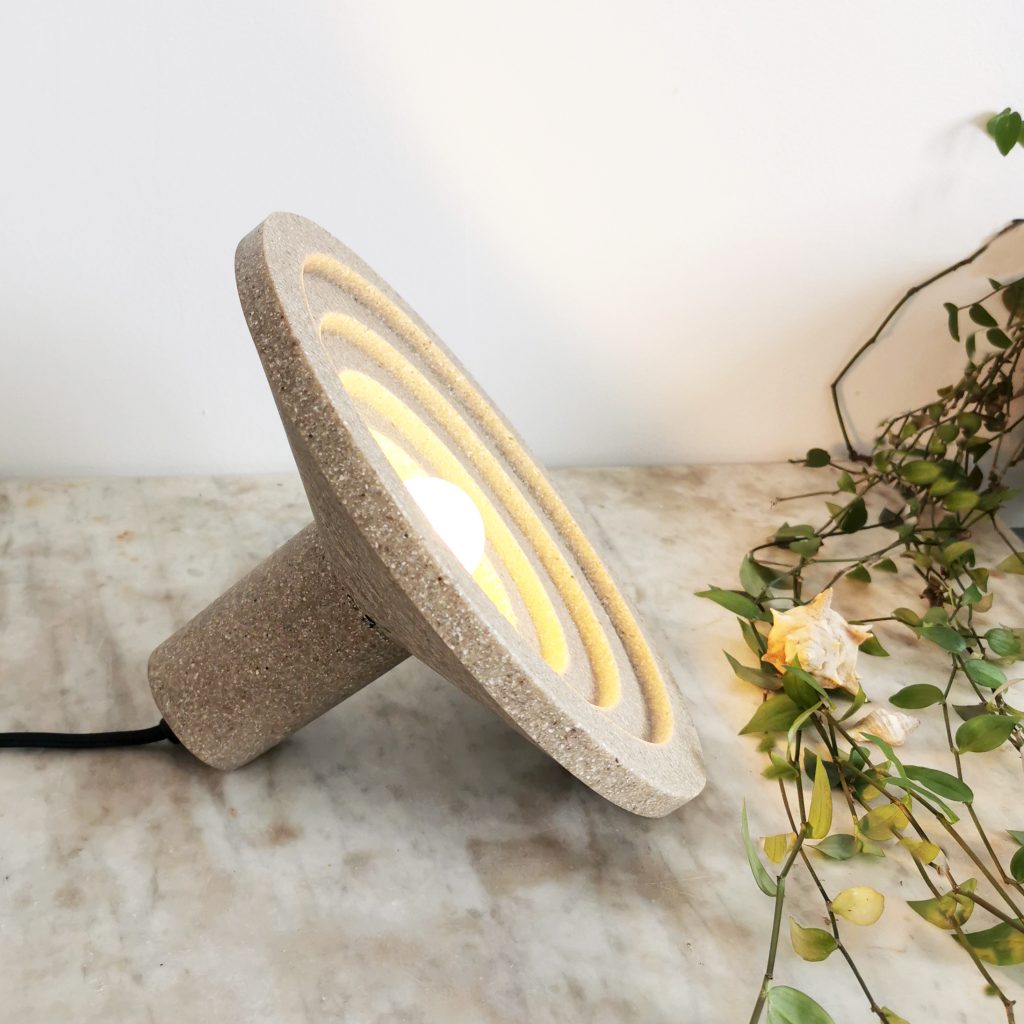At a time when environmental issues are at the heart of industrial and societal challenges, a new generation of designers is exploring new natural materials to evolve the properties of objects and their manufacturing processes. In their workshops, new materials created from organic or mineral elements are emerging as virtuous design pieces. These ecologically conscious designers open the way to new perspectives for a better future. Inspired by the theme “(RE)GENERATION” of the 10th edition of Paris Design Week, Acumen Magazine presents you a portrait of 7 designers who invent the materials of tomorrow and revolutionize the design factory.
Mushrooms, micro-algae, seashells… these natural organic or mineral substances could well compose tomorrow’s chairs on which you will sit. If eco-design is now at the heart of the creative experience and expectations of our society, it is more often associated with the notions of recycling or upcycling than with experimental design. However, a new generation of designers is using research in the field of sciences and biology to experiment with new materials and develop new virtuous manufacturing methods. Through their experimental approach, it’s no longer the object but the material that is at the heart of the design process and becomes a source of exploration. In their workshop-laboratories, biomaterials made up of biological organisms (algae, shells, silk thread, fungi) or transformed natural elements (fibers and liquids) give rise to durable, biodegradable, and, for some, “living” objects capable of surpassing the objective of carbon neutrality and producing oxygen.
While 80% of a product’s environmental impact is determined during its design phase, these designers intervene further upstream on the nature of the material that will be used to create inherently virtuous objects. Manufacturing techniques are rethought to transform these materials and processes with a lower environmental impact, for example, by reducing the production cycle or choosing short circuits. Although they are also researchers and engineers, these designers still play their primordial role in the design of objects, to learn how to work these materials, transform and adapt them, with the aim of making people forget their constraints or highlight their intrinsic beauty.
If ecology is an obvious and totally integrated part of the creative approach of these thirty-ten-year- olds, the aesthetic approach is also one of their preoccupations. Designers and manufacturers are now aware that the sustainable and ethical character of a product is not enough to make it desirable. While it’s important to develop a healthier way of life, reduce the carbon footprint, and protect the planet, this doesn’t mean sacrificing the fundamentals of design, which are to combine function and style in the conception of the object. Between conservation and innovation, this new generation of designers inventing tomorrow’s materials is ushering design into a new era.




